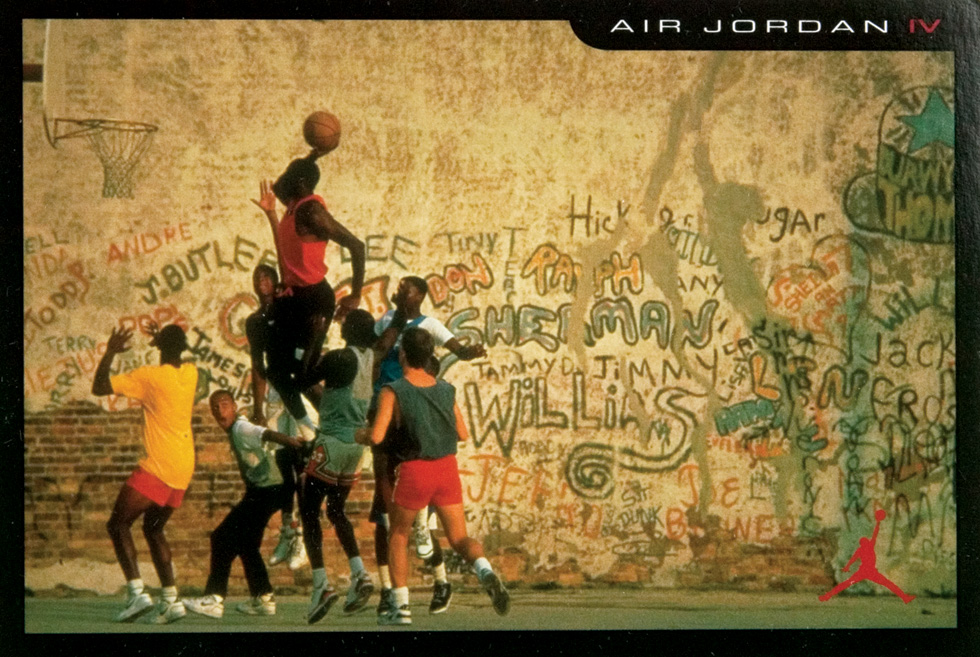
words // Luis Sanchez
1.
The brand once took each year to celebrate a particular model, reissuing classics in multiple old and new colorways. The celebration would take us all the way back to the original days of particular classics, whether it was the Air Jordan III or the Air Jordan XI. Each release would include a retro card, detailing the history of the particular model and the entire Air Jordan line. Somewhere along the line though, the brand decided to go away with retro cards, eliminating one of the most unique  elements of the Retro line.
elements of the Retro line.
With the amount of new collectors and fans we've seen come into the picture over just the past couple of years, the importance of the retro card has become that much more obvious. In some ways, the absence of a retro card is still a good thing, helping differentiate multiple retro models over the years. But even then, the need for the return of the retro card is still present.
2.
Most importantly, retro cards are an added element to collecting that many definitely miss. Collectors that were once proud to have all of their retro cards in mint condition, now have one less element to look forward to when coming up on the latest Air Jordan retro release. This year's slew of Retro 6 colorways celebrating the model's 23rd anniversary would have been the perfect way to help share the story with collectors who weren't around during their original release or initial retro run back in the early 2000s.
3.
In the end, we might not ever see retro cards again. Perhaps the brand is relying on the internet and the endless amount of sneaker blogs to help impart the historical lessons of the models on new collectors. Mass production costs might have a lot to do with it too, but there's still plenty of fans and collectors who would most definitely appreciate the unique element of retro cards if they ever returned. Most importantly, the younger generation would also appreciate the history lessons, and find new ways to connect with all of the classic Air Jordan models.
What's your stance on the situation? Do you feel there is still a need for retro cards? Or would you just like to see the Jordan Brand introduce retro cards for models that we have yet to see one for, such as the Air Jordan XVI and Air Jordan XVII? Hit the comment section below to share your thoughts and view on the importance of retro cards to the iconic Air Jordan signature line.

